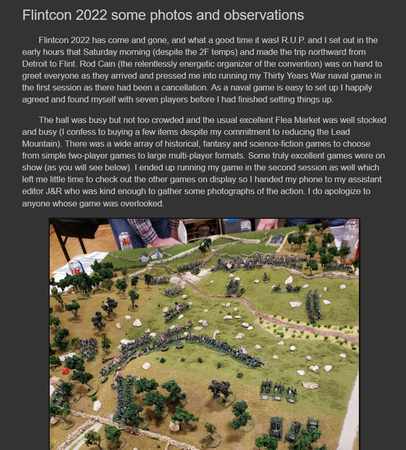Officially, mid-grey hull with light grey upperworks and funnels. German decks were slightly darker than British decks due to different timber, but similarly cleaned each day. Most waterlines were painted dark grey, rather than black.
Later in the war, a darker grey hull was introduced and the light grey upperworks retained. This was rather more complicated in its application than might be thought. At the lowest points it was darker, and as it got higher on the hull, became a lighter grey. The same applied to painting of the upperworks. The effect was not all that noticeable, and from most photographs, one would not even know this had been done. Nonetheless, photographs taken at the right angle and light conditions show it more clearly.
There were a few problems keeping up the neatness of German paint schemes from 1917 onward, due to a shortage of pigments and paint in general. At Scapa Flow, the interned fleet was allowed to deteriorate quickly, due to not only small maintenance crews, but also paint lockers that were almost empty. However, photographs of ships at Scapa Flow do tend to show the darker grey hulls to greater effect.
The Germans went through very little changes in their schemes... they were not at sea often enough to have as much experience with visibility problems as the British. However, recognition was important, so before leaving harbour, secret orders would be issued. As soon as the ships were out of sight of land, the crew painted the aft funnel in the colour these orders stipulated. For example: At Jutland, all German warships had their aft funnel painted dark red. At Dogger Bank, they were painted in light blue. (This was similar to the WWII German practice of painting one or two turrets in a special colour for certain operations, as a recognition guide.)
As a further means of air recognition, battleships and battlecruisers had a large white circle painted on the fore turret from 1917. If there were two turrets forward, it was on the upper one. Many ships carried this on the aft turret, as well. The practice was extended to large cruisers, but only occasionally seen on smaller ships - if used, it was on the foredeck in front of the guns.
Canvas remained white for some time. However, it was eventually painted pale grey. It is possible that the 'white' canvas was in fact just the difference in light between metal and canvas surfaces painted in light grey. This could have been corrected later by darkening the grey to make it appear the same. Lifeboats were mostly rich brown and canvas covers, if used, were grey.
As with the British, cortesine was used on many ships instead of wood. It saved weight, but was not as cold underfoot for the crews as steel. The German version was a bright tan with a reddish touch. (Rich reddish-brown would suffice on a model.) It would normally be found on bridge decks, lookout positions, etc. German light cruisers often had more cortesine than wood.
As with the British, it was common for large areas of horizontal deck around the funnels to be painted in matt black. Masts were painted grey up to the level of the funnel tops, then black above that. If the ship had fighting tops, these were in pale grey.
Torpedo boats and destroyers were painted black for most of the war. An excellent result can be obtained by using Grimy Black (found in railway hobby colours). If you can't find that, then an extremely dark charcoal-grey gives the right effect. Later they went to mid-grey and light grey, or a combination of both. They were generally easy to spot from British destroyers, as they normally had a stump foremast and tall mainmast carrying radio aerials.
German submarines started out painted in mid-grey. They later adopted dark grey decks. Mid-grey with dark grey decks and light grey conning tower seems to be the end-of-war standard. Many surrendered U-Boats appear to have various forms of mottled camouflage schemes on the conning tower and above-water vertical surfaces.
The German navy did not use camouflage schemes on surface ships.







